Sound Design Interviews: Shaping the Iconic Sounds of ‘Nope’ with Johnnie Burn
Jourdan Aldredge
Jourdan Aldredge
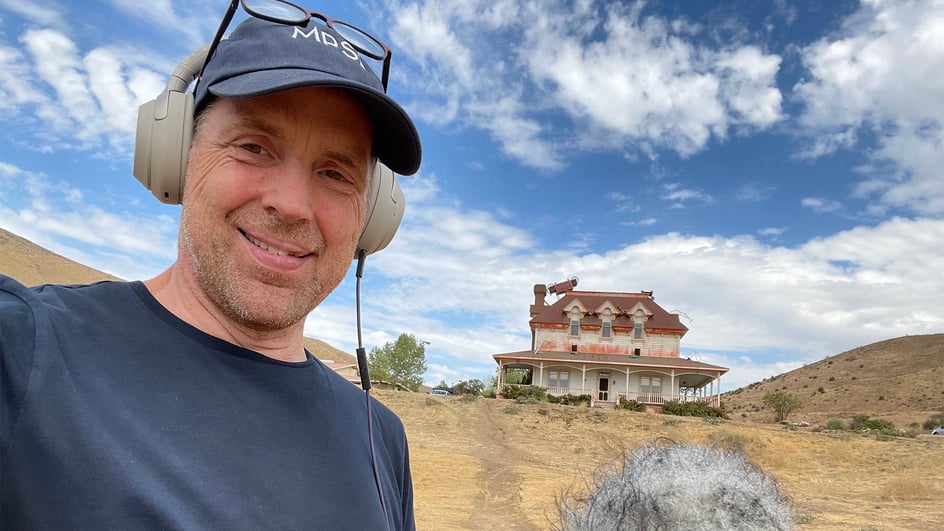
Feb 9, 2023
While the Academy Awards might have (in this writer’s opinion) made its biggest snubs of all time in their failure to include it in their Best Picture nominations, Jordan Peele’s Nope stands tall as one of the best films of the past year.
There’s so much to love about Nope, including its genre-bending story construction, its great character performances, and its pointed direction from Peele himself; yet… Nope’s greatest strength (as pointed out by many online) might be its sound design.
We chatted with veteran sound designer, re-recording artists, and a previous party DJ, Johnnie Burn about how he was able to craft the iconic sounds which shaped Nope’s nightmarish creatures and provide such an on-edge film experience.
Soundstripe: Thanks for taking the time to chat with us, we’re huge fans of your work (and sound editing and design in general) — tell us a bit about how you got into sound work in the first place?
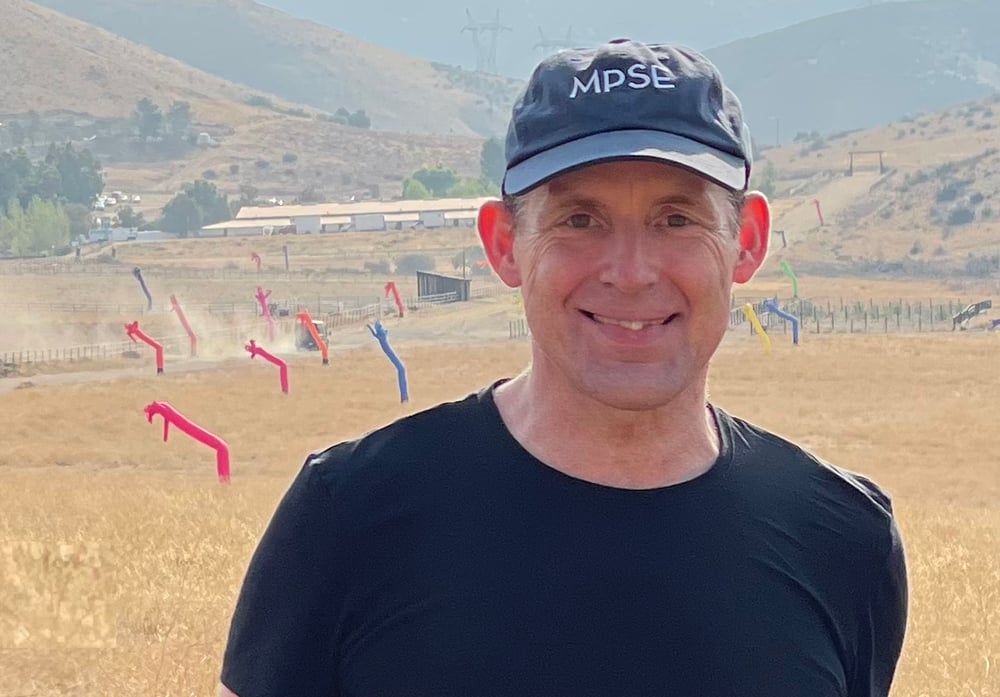
Johnnie Burn: Thank you for the kind words, I appreciate it. I got into sound work in the film industry through a bit of serendipity and a lot of hard work. I was studying a business degree and fell out hard half way, surprised I had ever made that choice. I had no idea my hobby of music programming and DJ-ing could actually lead to getting paid, but an old school friend of a hot shot film producer looked me up and pointed me to a job in a sound post house in London when he heard I became a dropout. Luckily that week I had also just been kicked out of my home and lost my girlfriend so I spent every night for a year at this new job, after work, learning how all the equipment worked, I got promoted pretty quickly.
Soundstripe: It sounds like you wore several hats on NOPE including sound editor, sound designer and re-recording mixer, how do you feel that those roles fit together compared to a usual production?
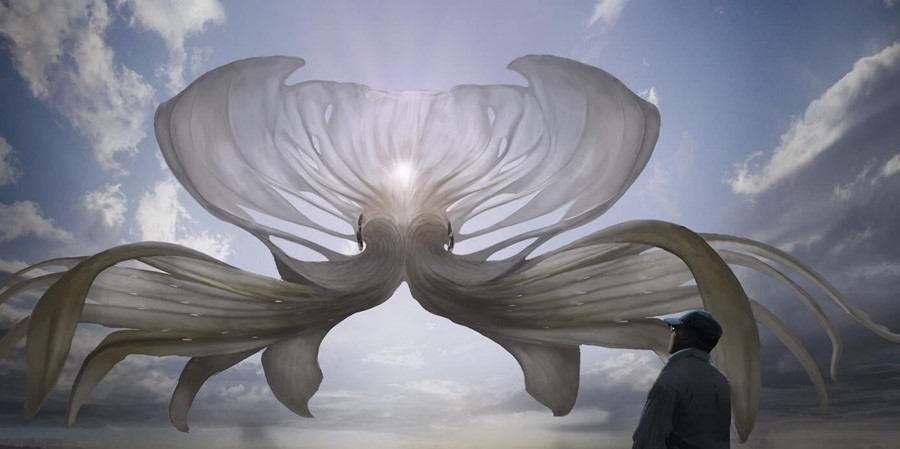
Johnnie Burn: On the film Nope, I did wear several hats as the sound editor, sound designer and re-recording mixer. In a usual production, these roles are typically separated and handled by different individuals or teams. However, in the case of Nope, being a very much longer than usual process, having engaged at script stage and realised much design work before the shoot, I felt that having one person handle all of these roles allowed for a greater level of collaboration and cohesion; Ideally I see all the effects, recording, mix, presentation of the sound in the theatre as just parts of the sound design process.
Soundstripe: There are several iconic sounds in NOPE which almost become sonic characters themselves, how did you approach the sound design for this project? And what were some of the inspirations for the alien creature (Jean Jacket) in particular?
Johnnie Burn: The sound design for this project was approached alongside the pre-production process, with a focus on creating unique and memorable sounds that would add to the overall atmosphere and bring the characters and creatures to life. The inspirations for the alien creature "Jean Jacket" came from a variety of sources, including real-world animal sounds, electronic and synthesized sounds, and abstract sci-fi sounds. We aimed to create a sound that was alien and recognizable, sci-fi and animal, and that would effectively convey the character and its behaviour.
Soundstripe: You’ve worked with plenty of great genre-bending directors like Jordan Peele, Yorgos Lanthimos, and Trey Edward Shults, what’s your creative process with them been like? Have they been similar or are they each different in how they collaborate with sound?
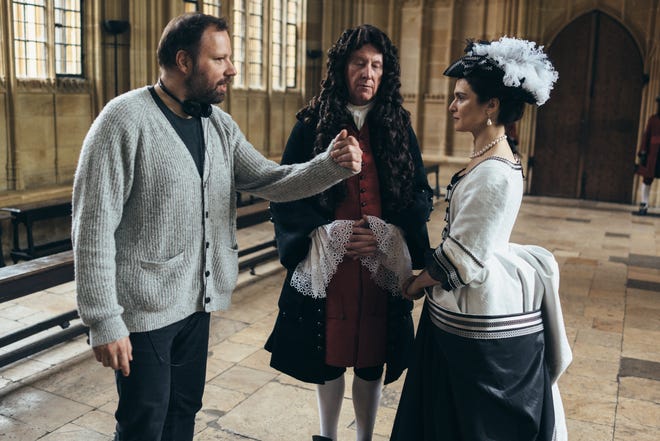
Johnnie Burn: My creative process with genre-bending directors like Jordan Peele, Yorgos Lanthimos, and Trey Edward Shults has been both similar and different. Each of these directors has their own unique vision and style, but what they all have in common is a deep understanding and appreciation of the role of sound in storytelling. I always start by having a thorough understanding of the script and the themes of the film and style of the director. Then my crew and I work closely with the director to develop a holistic sound design that will enhance the visuals and support the storytelling. We will always want to have some constants to our process like gathering as much authentic sound from the shoot, or working in an native Atmos mix space. But each director has a very different experience and workflow.
Jordan Peele, for example, has a strong understanding of the power of sound in horror films and was very specific in what he wanted to achieve with the sound of NOPE. He was involved in the sound design process from the very beginning and we worked closely together to create an immersive and iconic soundscape that would support and occasionally lead the storytelling, certainly it informed the script and we had much of the sound space worked out before the shoot.
With Yorgos Lanthimos, it's a bit different, he is more of a visual or even dialogue lead filmmaker, and the sound design is more to support visuals, embrace his alternative style and not fall into any tropes, whilst also being subtle and quite rightly not drawing attention to itself.
Trey Edward Shults is very hands-on and always looking for new ways to use sound and push boundaries. He likes to experiment, think in sound and colour, always wants to try new things, and we never knew what to expect, but know that we are going to be creating an experiential, often subjective immersive experience that will lean on sound just as hard as costumes and camera, to tell a story.
Soundstripe: If you could give any advice to aspiring filmmakers or creatives looking to use sound in their own cinematic stories and projects, what advice would you give?
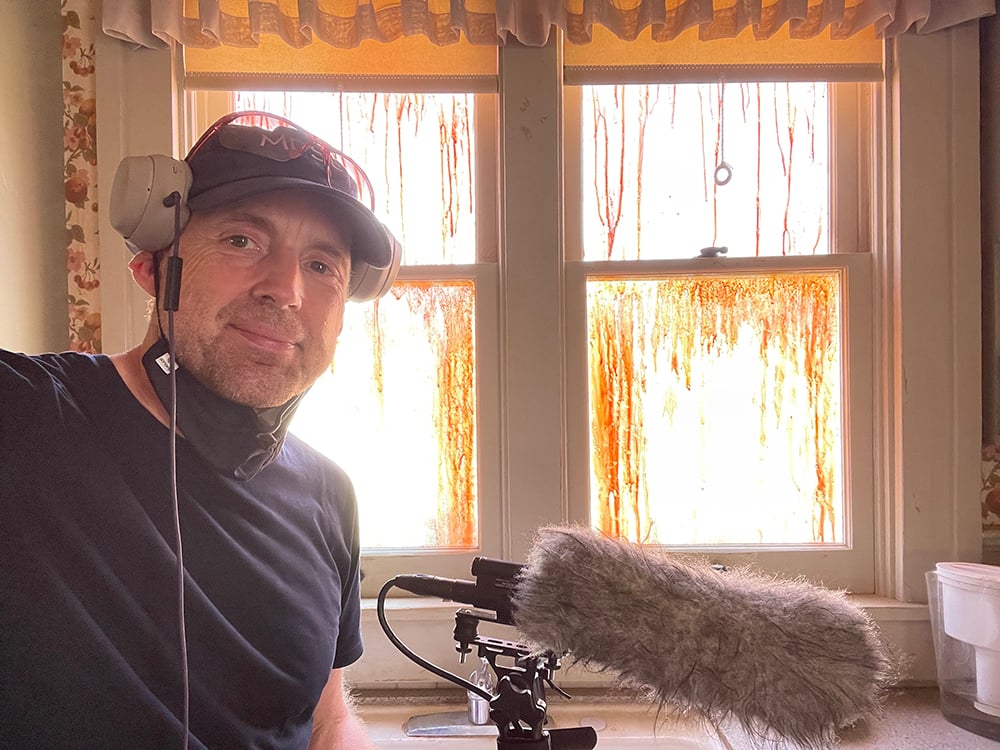
Johnnie Burn: If I could give any advice to aspiring filmmakers or creatives looking to use sound in their own cinematic stories and projects, it would be to start early and collaborate closely within a community be it of sounds or budding movie makers.
Sound design is often overlooked or treated as an afterthought, but it is a fundamental part of the storytelling process. It can help to create atmosphere, establish mood, and even drive the narrative. ESPECIALLY if it is written into the script. Off-camera sound can be a very cheap solution to an expensive-to shoot page of a script
Listen to a wide range of sounds, including music, sound effects, and dialogue, and find ways to use them creatively in your own projects. Experiment with different techniques, such as layering and manipulating sounds, to create a unique and immersive soundscape, but most important get out there and record things yourself.
Start thinking about sound early on in the development process, and try to develop a sound design that will enhance the visuals and support the storytelling with a unique style in an unexpected way. be open to feedback and collaboration, and really important - be the filmmaker who happens to be doing sound, not a sound designer who wants to put all their ‘cool sounds’ on a film. Those sounds may not be relevant or actually cool but you won’t be able to spot this unless you swallow your pride and think about the overall storytelling.
For more video editing interviews and insights, be sure to stay tuned to the Soundstripe blog — and also check us out on YouTube!